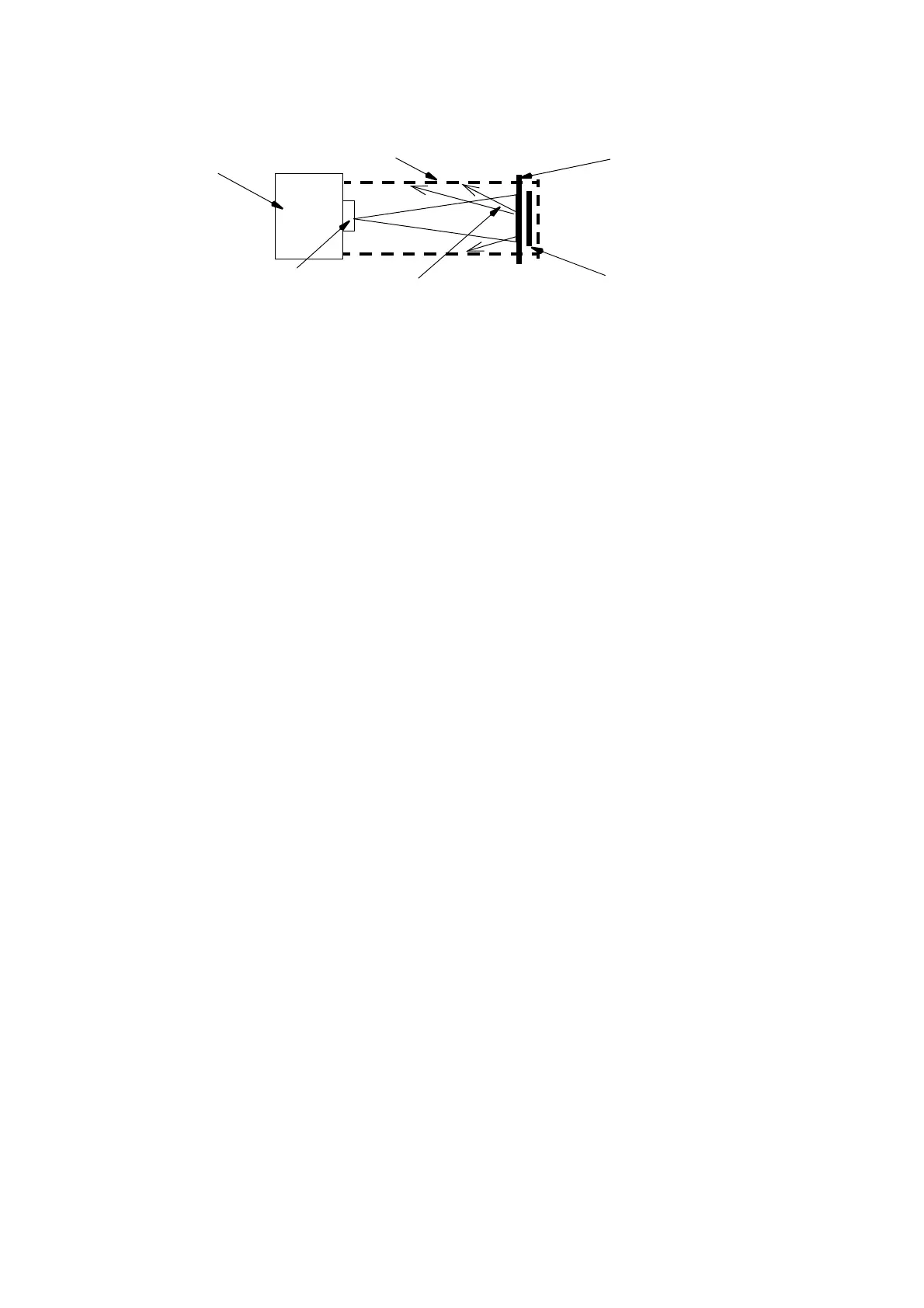HEALTH & SAFETY
1-10 L025317 Issue 1 March 2011
Materials
All guard materials must be opaque to 9 to 11 micron wavelength laser light
produced by the CO
2
laser. Guards may be metallic, however if a see-through
guard is required, acrylic (perspex or flexiglass) or polycarbonate may be used.
The thickness of the guard material depends on the mechanical strength
required, and the amount of ‘burn through’ anticipated. For the purpose of
adequate mechanical rigidity, a thickness of at least five millimetres, and
preferably eight millimetres is recommended.
A ceramic or metal plate may be used as a beam stop. A greater thickness is
required to achieve eight hour burn through requirement.
Guidance regarding laser guards can be found in EN60825-Part 4.
Interlock Switches
Interlock switches must be fitted to all access guards preventing access to the
laser output lens and marking area that can be opened without the use of
access tools.
Interlock switches must be wired into the laser control circuit so that the laser
beam is disabled when the guard is removed.
Guarding Labels
Domino recommend that the following information is prominently displayed
on the guard:
Class 4 laser is enclosed in a Class 1 enclosure. Operation of the
system with safety guards removed may result in hazardous exposure
to laser radiation.
These labels are supplied with the laser system. Additional labels are available
from Domino Printing Sciences plc as part of the Guarding Labels Kit, Part
Number L007628.
Substrate
Laser Beam Path
Access Guard
Laser Head
Lens
Beam Stop
